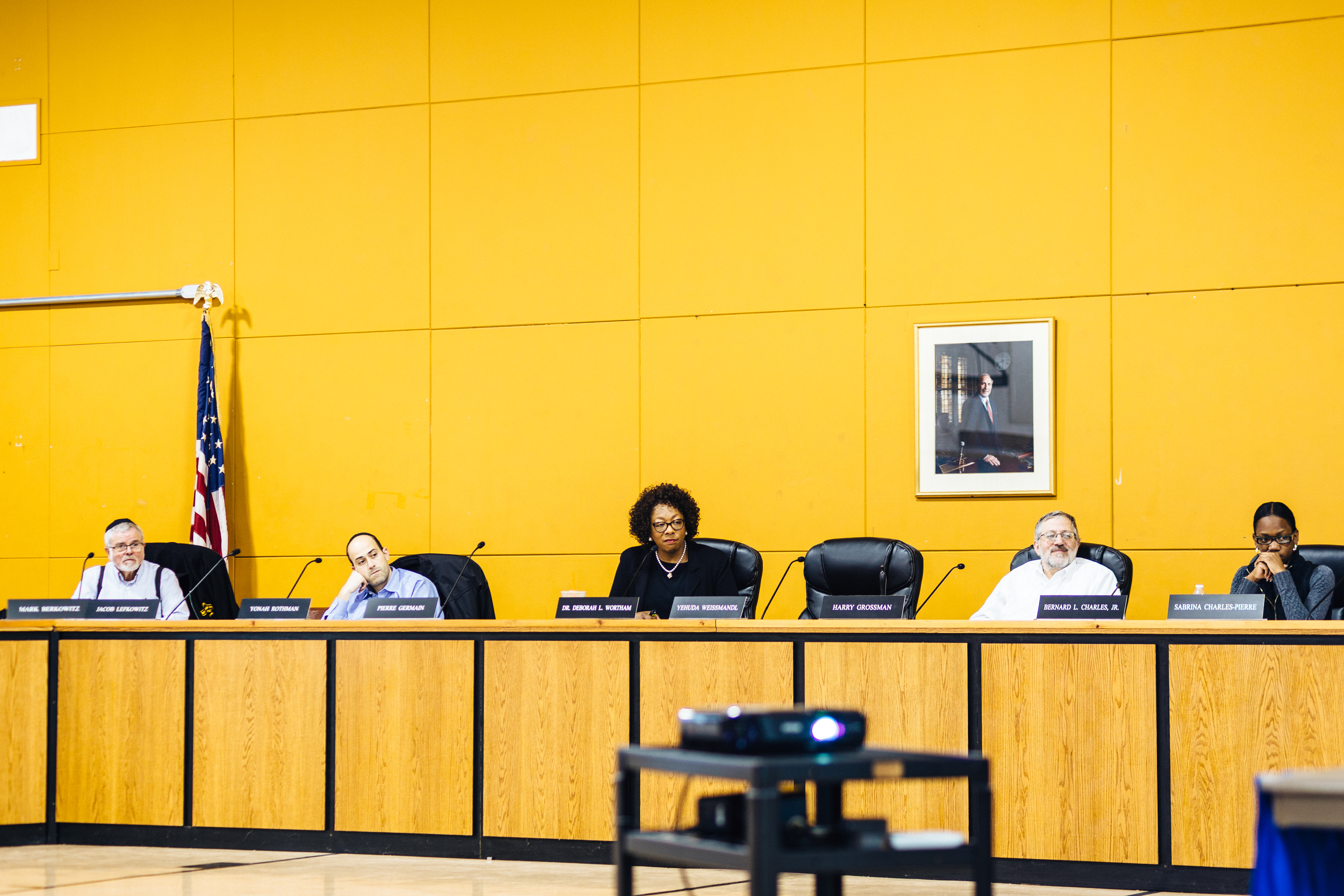NYCLU on Violent Crackdown of Pro-Palestine Protests at Columbia and City College
Civil Liberties Union
EAST RAMAPO – A federal court today ruled that the East Ramapo Central School District’s at-large method for school board elections denies Black and Latinx residents an equal opportunity to elect their preferred candidates under the federal Voting Rights Act. Judge Cathy Seibel of the Southern Distr

EAST RAMAPO – A federal court today ruled that the East Ramapo Central School District’s at-large method for school board elections denies Black and Latinx residents an equal opportunity to elect their preferred candidates under the federal Voting Rights Act. Judge Cathy Seibel of the Southern District of New York ordered the implementation of a ward system and enjoined the district from holding further elections until this system is in place.
The New York Civil Liberties Union and Latham & Watkins LLP brought the lawsuit against the district in November 2017 on behalf of the Spring Valley NAACP and seven Black and Latinx voters. At-large voting in East Ramapo, in which the entire district votes for all nine seats on the board, has enabled the district’s white majority to control the outcome of elections for every seat on the board for well over a decade. The white majority in East Ramapo lives in highly segregated neighborhoods and votes as a political bloc favoring the interests of private schools, which are almost exclusively white. Communities of color, on the other hand, tend to vote cohesively for candidates advocating for the interests of children attending East Ramapo’s public schools, whose student bodies are predominantly black and Latinx. East Ramapo’s minority voters, however, have not seen their candidates of choice win a contested seat since 2007. Plaintiffs have asked the court to institute a ward system for elections, in which voters will choose their representatives based on geographical districts at least some of which will contain a majority of black and Latinx residents.
“Today’s ruling at long last offers Black and Latinx residents of East Ramapo a fair shot at electing school board members who truly represent their interests,” said NYCLU Executive Director Donna Lieberman. “As this case showed, and the school board leadership was forced to admit at trial, the white private school community has hijacked the board and rigged its elections for years, while East Ramapo’s students of color have paid the price. Judge Seibel’s decision offers the district a path to represent the interests of the entire community fairly.”
“Our goal in this case was first and foremost to ensure the entire community of East Ramapo, not just a small group, received the full protection provided by Section 2 of the Voting Rights Act,” added Claudia Salomon, partner with Latham & Watkins LLP. “The ruling opens the door towards the establishment of a voting system that reflects the voices of all citizens of East Ramapo.”
More than 99 percent of East Ramapo Central School District’s 27,000 private school students are white, while 96 percent of the nearly 8,500 public school students are children of color. During the last decade, the East Ramapo Central School Board has cut more than 500 positions from the public schools, including 200 teachers, as well as all social workers, deans, and elementary school assistant principals. According to a December 2018 State Education Department Report, most of those positions have not been restored.
The Board’s cuts have led to a precipitous decline in school quality. In 2019, only 28 percent of students in grades 3-8 were proficient in English and only 24 percent are proficient in math, compared to 45 percent and 47 percent respectively of students statewide. Once regarded as a great school district, East Ramapo has consistently showed the lowest graduation rates and highest dropout rates in Rockland County in recent years, and underperformed against statewide schools. East Ramapo’s reputation is so damaged that in 2017, the adjacent Ramapo Central School District changed its name to the Suffern Central School District, distancing itself from its troubled neighbor.
“Judge Seibel’s decision represents a significant improvement for East Ramapo’s students and their families,” said Willie Trotman, President of the Spring Valley NAACP. “Although a majority of board members will still be elected by the district’s white voters, there will finally be an opportunity for people of color to elect candidates who will represent the needs of our communities of color for the first time in over a decade.”
Judge Seibel closed her opinion with a powerful statement that reflected the NAACP’s case: “This ruling may or may not change the way the schools in the District are run. But the purpose of Section 2 is not to produce any particular policy outcome. Rather, it is to ensure that every voter has equal access to the electoral process. For too long, black and Latino voters in the District have been frustrated in that most fundamental and precious endeavor. They, like their white neighbors, are entitled to have their voices heard.”
Attorneys on the case included Perry Grossman and Arthur Eisenberg of the New York Civil Liberties Union, and Claudia Salomon, Andrew Clubok, Corey Calabrese and Russell Mangas of Latham & Watkins LLP